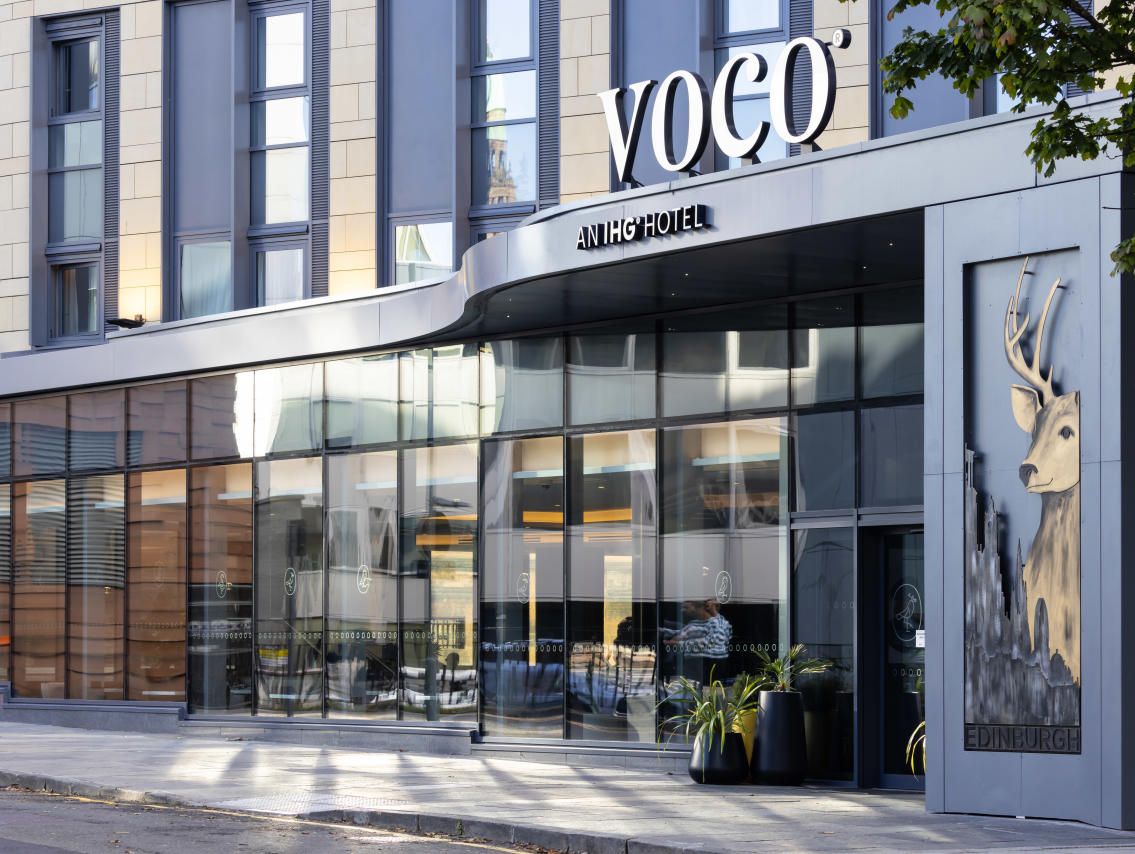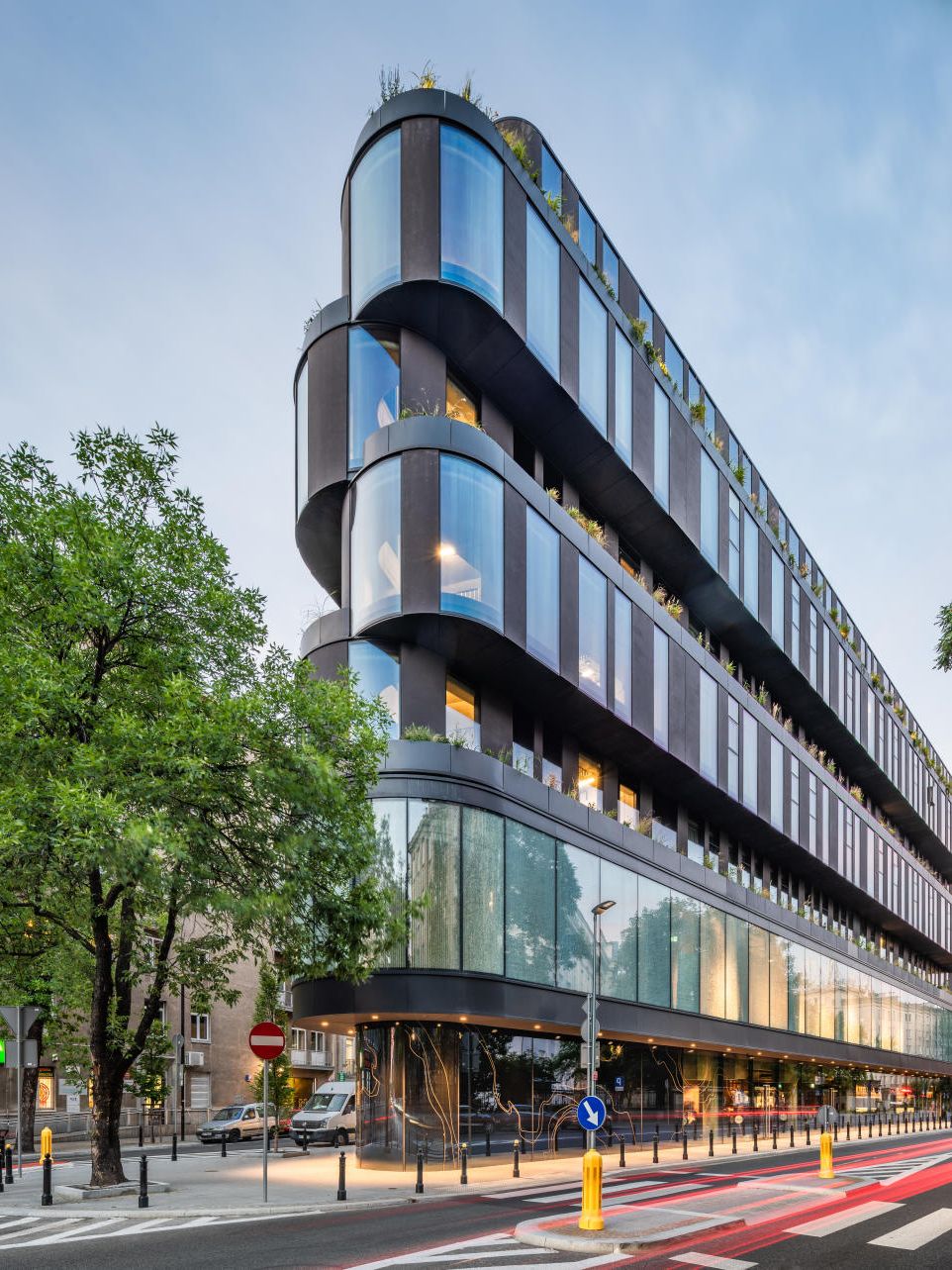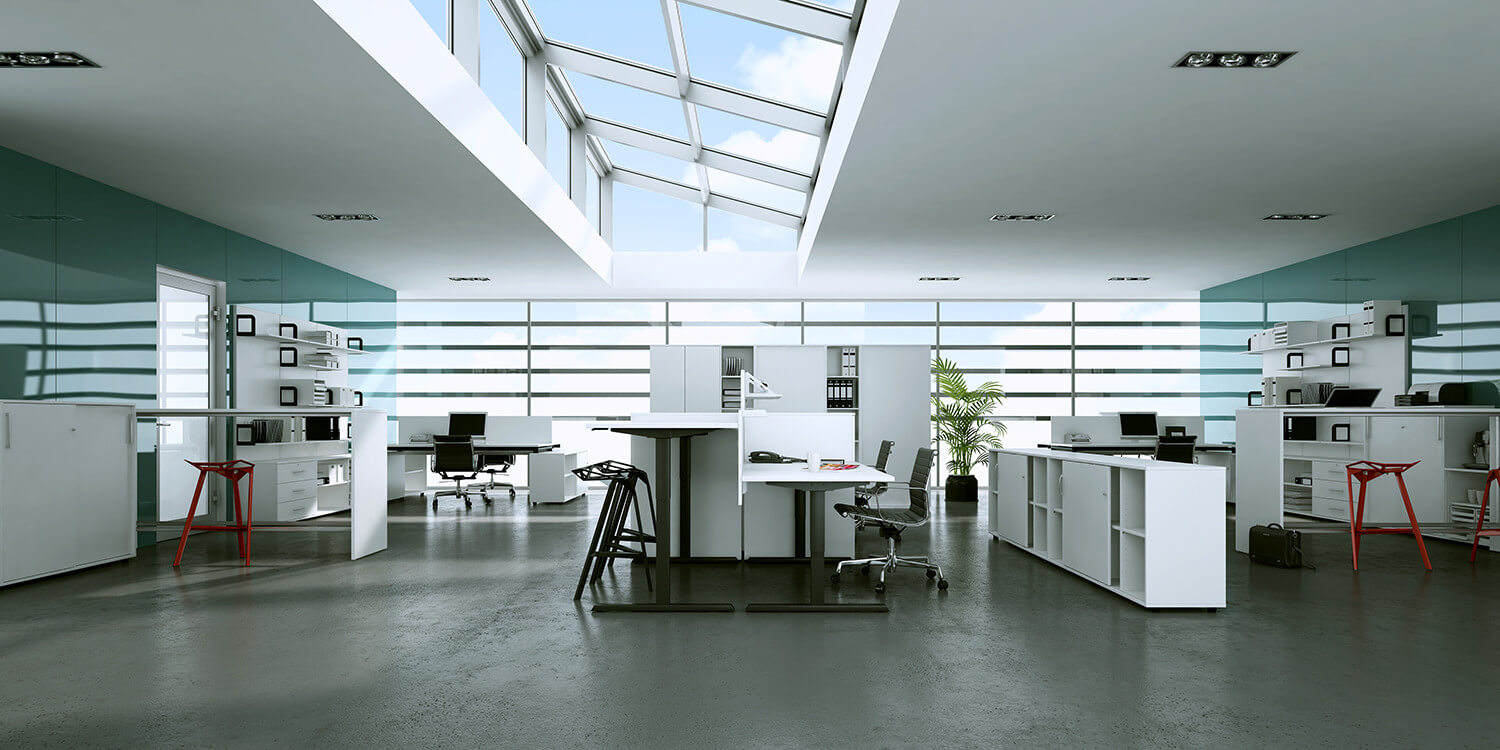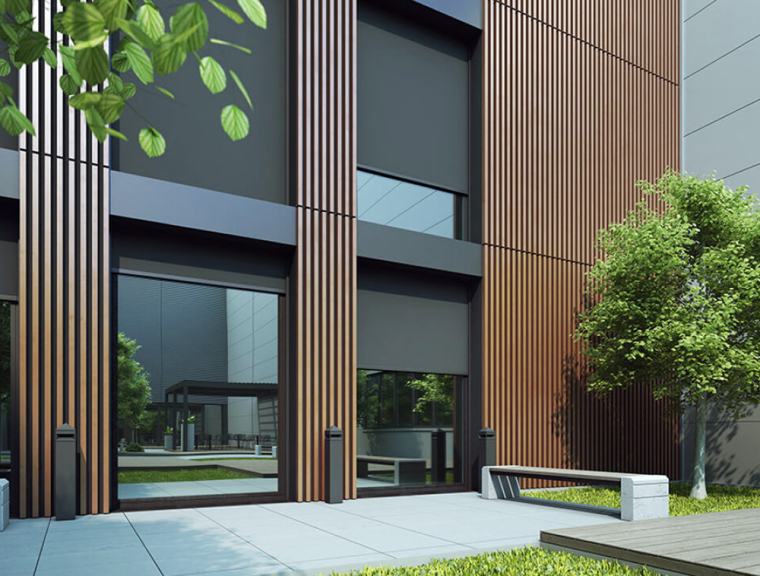Passive and energy-efficient solutions for hotels
The hotel industry is currently facing major challenges. Although the passion for travel is still there, the expectations of hotel guests are changing, with an increasing focus on flexibility, personalisation and ecology. How can we show them that the hotel is committed to sustainability?
The hotel industry’s impact on the environment
The environmental crisis has turned the public’s attention to the tourism industry, which is responsible for as much as 8.1% of global CO2 emissions. Its multi-faceted and often destructive impact on the environment needs to be addressed with positive actions that help rebuild confidence in the industry.
Many of these actions have to be carried out by the hotel industry, which is responsible for around 20% of the carbon footprint generated by the tourism industry as a whole. It is estimated that as much as 75% of the hotel industry’s environmental impact is due to over-consumption of resources and unnecessary operating costs.
It is time to start reducing this impact, especially as hotel guests are increasingly conscious of choosing those hotels that make an effort to care for the environment. Research also shows that staying in a hotel committed to the environment positively impacts guests’ loyalty and satisfaction with their stay.

Voco Hotel, Edinburgh, UK. Systems used: MB-SR50N, MB-59S HI Designed by: CDA Group

Hotel The Bridge Wrocław MGallery Hotel Collection, Wrocław, Poland. Systems used: MB-86 SI, MB-SR50N EI, MB-SR50N HI+
Energy consumption in hotels and the need to reduce systemic energy consumption
Excessive consumption of water, food and energy is responsible for a large part of the carbon footprint generated by hotels. Energy losses are the biggest problem, both for the environment and for the wallets of investors and hotel owners.
It is estimated that around 22% of hotel rooms in the European market remain unused. With almost 30 million beds in hotels across the European Union, it is almost as if 6,600,000 of them were permanently empty, but they still have to be heated, cleaned and managed. Reducing energy consumption visibly translates into both lower CO2 emissions and lower operating costs associated with maintaining the facility.
A passive hotel – is it possible?
Absolutely! Actually, it has been possible for years. The first passive hotel (officially certified by the Passivhaus Institut) was built in 2010 in Oberstdorf. It consumes 70% less energy than a conventional hotel of comparable size and requires 85% less energy for heating.
‘Since then, many hotels have been built that make use of passive construction technologies. And even if they only use some of the solutions, every possibility to reduce energy consumption is important’, emphasises Emmanuel Gregoire, Managing Director at Aluprof Belgium NV.
What sustainable construction solutions can be applied to existing and planned projects?

Hotel Nobu, Warsaw, Poland. Systems used: MB-78EI, MB-86 SI, MB-Skyline, MB-SR50N EFEKT and others. Designed by: Medusa Group
Energy-producing windows
Modern building solutions complement the traditional methods of generating green energy – heat pumps or photovoltaic panels. One of these is photovoltaic roof skylights. This is a new, innovative solution that combines the traditional function of a window with energy production.
‘Using quantum dot technology, a photovoltaic skylight based on the MB-SR50N EI profile can generate free energy. Moreover, the cells remain invisible and the glass remains fully transparent and lets light into the interior. The skylight also meets all fire safety standards, in terms of load-bearing capacity, tightness and fire insulation, which is particularly important for hotels. This type of solution can be used in hotel conference rooms and corridors’, explains the Aluprof expert.

Visible environmental activities!
Other solutions that can also be applied to existing facilities are sunshades and façade blinds. Both solutions provide a barrier to the sun and reduce the heating of rooms, which means that air conditioning uses less energy.
‘The Skyflow façade blind model allows the user to freely adjust the angle of the slats, making it possible to manage the degree of shading in the room. We also manufacture them in large sizes for large glazed areas. Skyroll sunshades, which provide a barrier to light and offer privacy while keeping the outside visible, are used more and more often in hotels. The maximum surface area of the SkyRoll ZIP or Classic system is 5,000 by 5,000 mm, making it possible to use them in modern hotels with large glazed areas’, emphasises Emmanuel Gregoire.

Systems used: SkyRoll
Screen sunshades work well in conference rooms, hotel lobbies, restaurants and individual hotel rooms. They can entirely replace the blinds used by some hotels, providing greater visual comfort for guests while reducing the costs related to cleaning curtains.
‘They also have the unquestionable advantage of being visible to users, who can see for themselves how environmentally friendly the hotel is. Especially if we help them by placing appropriate information in the hotel room’, adds the Aluprof expert.
Let’s Build a Better Future
Increasing energy costs, growing public awareness of environmental issues and growing expectations of guests in this respect are in a way forcing the industry to act in a more sustainable way. Hotels can count on the construction and technology industry as their modern solutions, such as sunshades and photovoltaic windows, help to reduce business costs and improve the hotel’s public image. It is worth taking advantage of them both for the planet and for business objectives.
